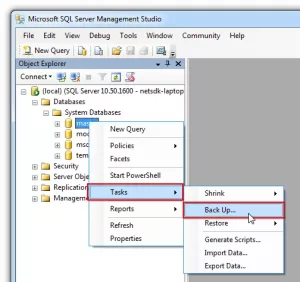In SQL Server, backups are typically taken in four different types:
- Full Backup
- Differential Backup
- Transaction Log Backup
- File or Filegroup Backup
Let’s delve into the details of each type of backup in SQL Server:
1.Full Backup:
- Description: A complete backup of the entire database.
- Purpose: Provides a baseline for a complete restore of the database in case of a failure.
- Frequency: Typically performed on a regular basis, such as daily or weekly.
2.Differential Backup :
- Description: Captures only the data that has changed since the last full backup.
- Purpose: Reduces the time and space required for backups by including only the changes.
- Frequency: Can be taken between full backups to provide incremental updates.
3.Transaction Log Backup:
- Description: Backs up the transaction log, recording changes made to the database since the last transaction log backup.
- Purpose: Allows for point-in-time recovery and minimizes data loss.
- Frequency: Usually taken more frequently, especially in databases with high transaction volumes.
4.File or Filegroup Backup:
- Description: Targets specific files or filegroups within the database.
- Purpose: Enables more granular backup and restore operations, useful for large databases.
- Frequency: Can be used based on the need to selectively backup specific portions of the database.
These backup types collectively form a comprehensive strategy for ensuring data integrity, availability, and recoverability in SQL Server environments. The choice of which backup type(s) to use depends on factors such as the database size, recovery objectives, and the desired balance between backup frequency and resource utilization.
If you have any questions or details you would like to add, feel free to write me.


